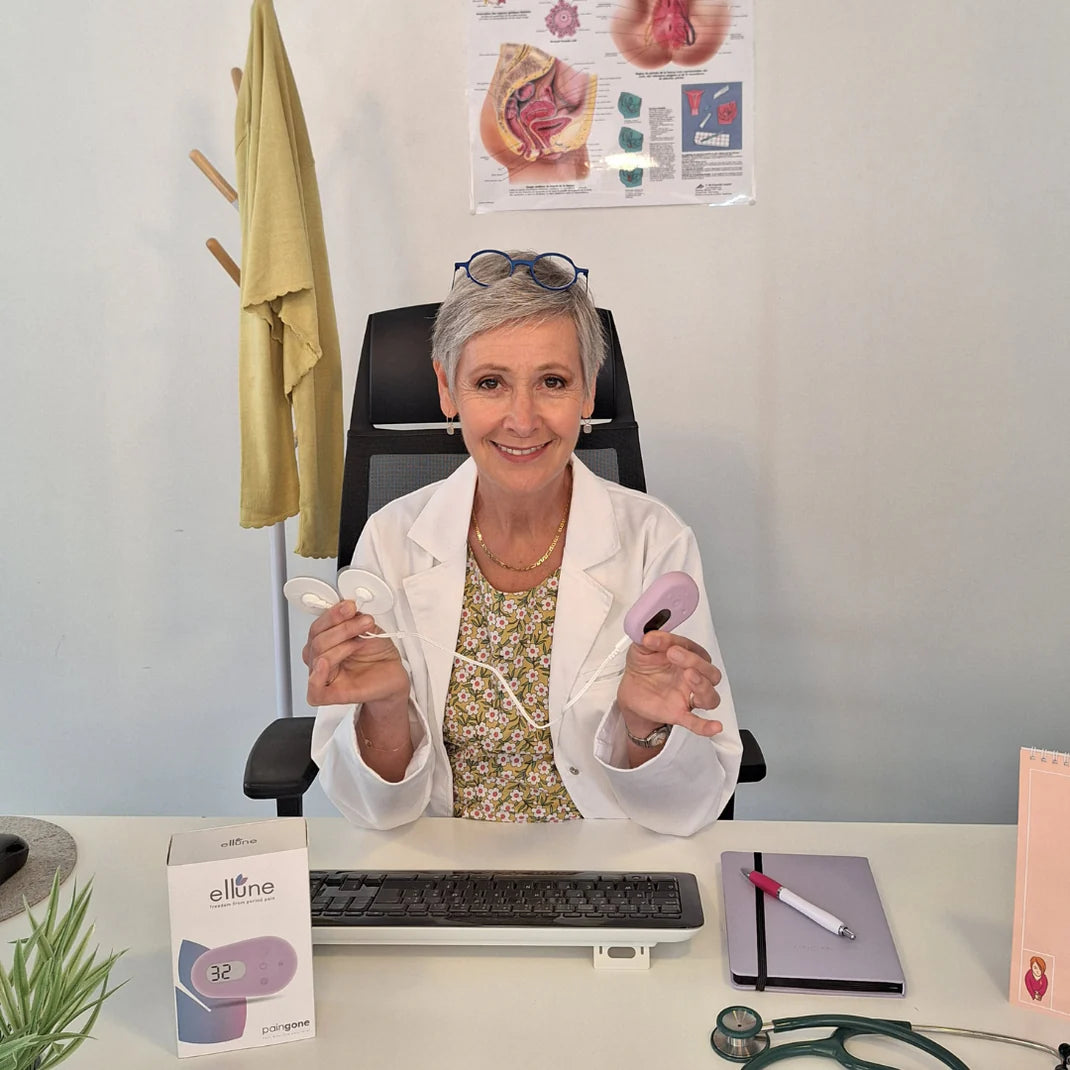
Gynecologist Odile Bagot On Period Pain
Understanding Menstruation
Menstruation is more complex than simply the uterus filling with blood and then emptying. It involves changes in the endometrium, the tissue lining the uterus. Throughout the menstrual cycle, the endometrium thickens and develops blood vessels. Around the 28th day, it sheds, which is what constitutes a period. Menstrual pain can be attributed to three primary mechanisms:
-
Uterine Contractions: The uterus, being a muscle, contracts intensely during menstruation, similar to how a calf cramp feels, causing discomfort.
-
Inflammatory Response: Menstrual pain is associated with an inflammatory process driven by prostaglandins. Anti-inflammatory medications can help alleviate this type of pain.
-
Subjective Pain Perception: Pain perception varies among individuals and is influenced by personal pain mechanisms and how the brain processes pain. Analgesics can help modulate this perception.
Endometriosis and Its Effects
Endometriosis affects about 10% of women and involves the growth of endometrial-like tissue outside the uterus. This condition can cause painful periods, ovarian cysts, and chronic pelvic pain due to inflammation and adhesions. Early diagnosis and a comprehensive management approach are essential.
Managing Endometriosis
The cause of endometriosis is not fully understood, but treatment focuses on managing symptoms. Common treatments include oral contraceptives and continuous progestins. For more severe cases, LHRH analogues and laparoscopic surgery by specialists in endometriosis may be recommended.
When to Seek Medical Help
Women experiencing persistent and severe menstrual pain should consult a healthcare provider to exclude underlying conditions such as endometriosis, which is often undiagnosed.
Pain Relief Methods
Several methods can relieve menstrual pain. Traditional remedies like hot water bottles remain effective, and medications such as paracetamol can provide relief. Non-drug alternatives, such as transcutaneous electrical nerve stimulation (TENS), offer another option. TENS devices, like Livia, work by altering nerve signals related to pain perception.
Understanding Neurostimulation
Neurostimulation is a technique that sends small electrical impulses to disrupt pain signals. Based on the gate control theory, it "closes the gate" to pain sensations and stimulates nerve fibers to release natural painkillers, such as endorphins. This approach combines blocking pain signals with encouraging the body's own pain relief mechanisms.
Dr. Odile Bagot

